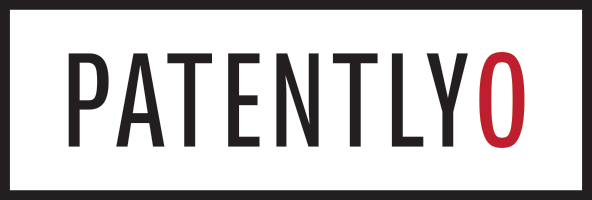#inter-partes-review-ipr
#inter-partes-review-ipr
[ follow ]
Intellectual property law
fromIPWatchdog.com | Patents & Intellectual Property Law
2 weeks agoUSPTO Issues NPRM on IPR Practice, Withdraws Vidal-Era Proposal
USPTO proposes IPR rule changes to limit serial and parallel challenges, protect strong patents' reliability, and emphasize born-strong patents and quiet title.
fromPatently-O
2 weeks agoIPR Fact Findings Don't Bind District Courts (What about IPR Legal Conclusions?)
To apply issue preclusion, courts generally require: (1) the issue was actually litigated and decided in the prior proceeding; (2) the determination was essential to the judgment; (3) the party against whom preclusion is asserted had a full and fair opportunity to litigate; and (4) the party against whom preclusion is asserted was a party (or in privity) in the prior proceeding.
Intellectual property law
fromIPWatchdog.com | Patents & Intellectual Property Law
2 weeks agoFederal Circuit Finds No Due Process Violation Stems from Inconsistent Positions on Patent Ownership at PTAB, ITC
Today, the U.S. Court of Appeals for the Federal Circuit (CAFC) issued a pair of precedential decisions involving appeals from U.S. federal agency determinations on the patent rights of North Carolina-based energy demand response developer Causam Enterprises. The Federal Circuit affirmed the invalidation of Causam's patent rights and mooted further infringement proceedings after finding that inconsistent positions on patent ownership taken by respondent ecobee in alternative forums did not present a constitutional due process issue.
Intellectual property law
Intellectual property law
fromIPWatchdog.com | Patents & Intellectual Property Law
1 month agoFederal Circuit Rejects US Inventor Bid for Rulemaking to Limit IPR/PGR Institution
Federal Circuit affirmed USPTO denial of US Inventor's petition for rulemaking, holding USI lacked associational standing to challenge the denial of IPR/PGR rulemaking authority.
fromPatently-O
1 month agoRedefining Patent Utility: The Functional Relationship Test's Answer to Super-Utility Claims
Bayer's U.S. Patent No. 10,828,310, which claims methods for reducing cardiovascular events in certain patients by administering specific doses of rivaroxaban (2.5 mg twice daily) and aspirin (75-100 mg daily) "in amounts that are clinically proven effective." Generic manufacturers Mylan, Teva, and Invagen successfully challenged the patent in IPR proceedings - finding the claim term non-limiting. The Federal Circuit agreed that the term did not provide patentable weight - but through a different analytical path.
Intellectual property law
fromIPWatchdog.com | Patents & Intellectual Property Law
1 month agoLatest Director Discretionary Denial Decisions Mostly Deny Institution, But Two Cases Defy 'Settled Expectations' Trend
This week, U.S. Patent and Trademark Office (USPTO) Acting Director Coke Morgan Stewart posted another round of Director Discretionary Denial decisions to the PTAB Decisions page, almost all of which denied institution to America Invents Acts (AIA) patent validity trials. Stewart's recent rulings generally confirm the trend so far that a patent owner's settled expectations with respect to patents that have been in force for six years or more hold significant weight, although in two cases this trend was bucked.
Intellectual property law
[ Load more ]



